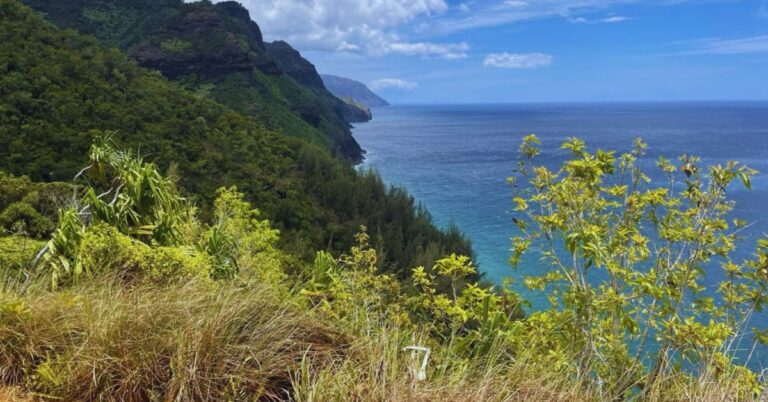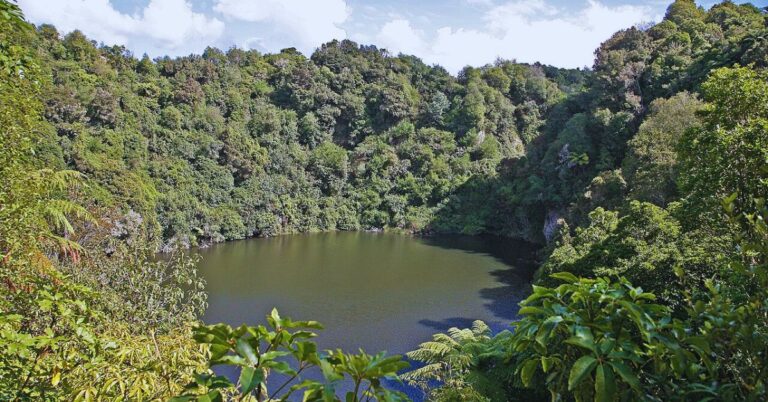15 U.S. Regions That Could Be Uninhabitable By 2070

Some parts of America may be fading faster than we think. Once-thriving regions face challenges that could make them nearly impossible to live in by 2070. What’s putting them at risk, and how bad could it get? Let’s find out more about the U.S. areas that might not be livable in the future.
Southwest

The Southwest is running out of water. States like Arizona, New Mexico, and Nevada depend on the dwindling Colorado River, which supplies water to over 40 million people. The river’s flow has decreased by nearly 20% since the early 1900s, and prolonged drought conditions are worsening things.
Florida

Rising sea levels threaten Florida’s coastlines, and the state already sees the consequences. Some areas experience frequent “sunny day flooding,” where high tides cause streets to fill with water even on clear days. Scientists estimate that by 2070, much of South Florida could be underwater.
Louisiana Coast

Louisiana has been losing land at an alarming rate—about a football field’s worth vanishes every 100 minutes. The Mississippi River Delta is now eroding due to rising sea levels and river mismanagement. Small fishing towns have faced catastrophic consequences, with entire communities disappearing into the Gulf of Mexico as land erosion accelerates.
California

The combination of dry conditions and rising temperatures has led to some of the largest fires in U.S. history. Towns like Paradise have been destroyed, and thousands have lost their homes. The cost of rebuilding is astronomical, and some insurance companies have stopped covering high-risk areas.
Great Salt Lake

Utah’s Great Salt Lake is slowly drying up, and the consequences could be disastrous. The lake has shrunk by more than half its size in recent decades, exposing toxic dust that threatens air quality across the state. If the lake continues to disappear, it could create an environmental crisis affecting millions.
Texas

The Lone Star State is used to extreme weather, but recent years have been particularly brutal. Record heatwaves are making summer temperatures unbearable, with cities like Houston and Dallas experiencing more than 100 days of 100°F+ temperatures annually. Water shortages are also becoming a serious issue as aquifers and reservoirs struggle to keep up with demand.
Arizona
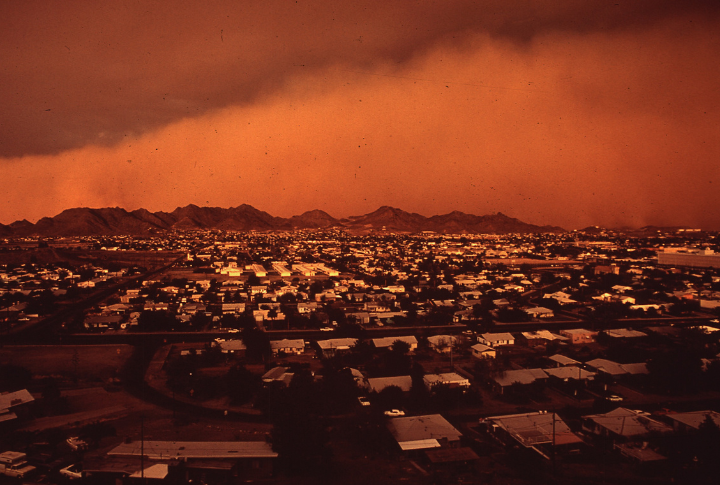
Phoenix is one of the fastest-growing cities in the U.S., but its future is uncertain. Summer temperatures frequently exceed 110°F, and heat-related deaths are on the rise. The city’s reliance on the Colorado River is also concerning as the water supply continues to shrink. Additionally, asphalt and concrete trap heat that makes temperatures even more unbearable.
Mississippi River Delta
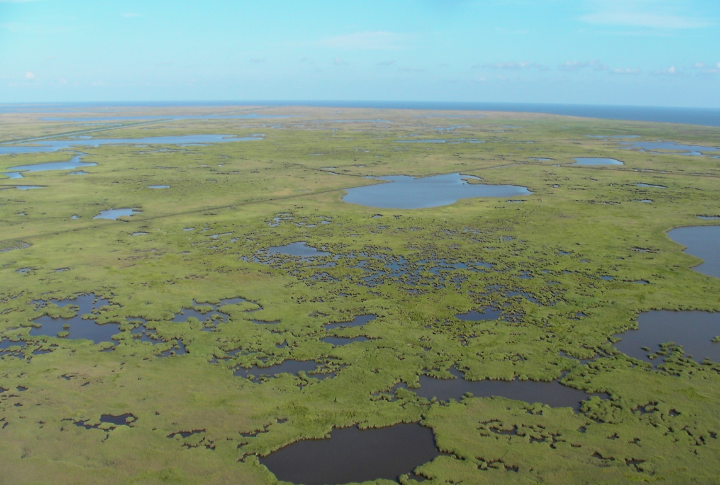
The Mississippi River Delta is disappearing at an astonishing rate. Wetlands that once protected the region from hurricanes and flooding are eroding due to sediment loss and rising sea levels. This puts major cities like New Orleans at risk as storm surges become more devastating. Entire communities may be forced to relocate in the coming decades.
Hurricane Alley
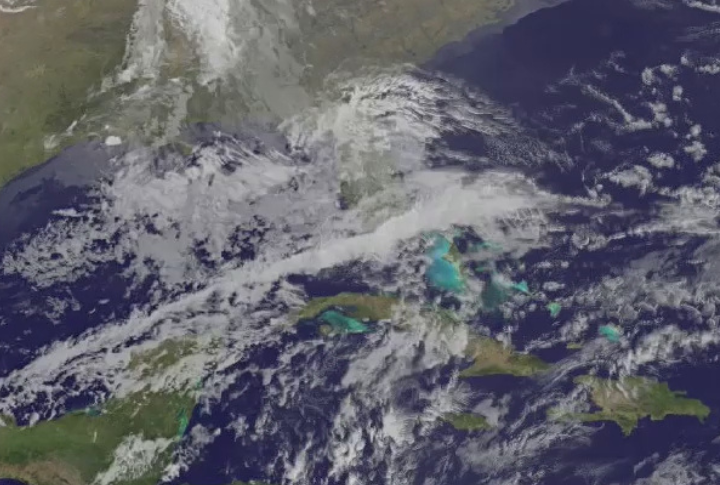
Storms are intensifying in Hurricane Alley, an area covering the Gulf Coast and Southeastern U.S. Warmer ocean waters are fueling more powerful hurricanes, leading to massive destruction. Cities like Houston, Tampa, and New Orleans are already experiencing more frequent and severe storms. Some coastal areas may become uninsurable, which forces residents to abandon their homes.
Alaska
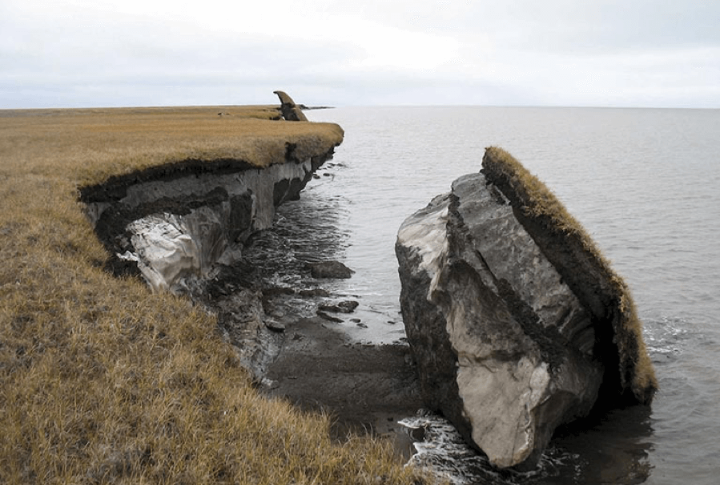
Permafrost is melting across Alaska, causing roads, buildings, and entire villages to sink. This frozen ground stores massive amounts of carbon, and its thawing could accelerate climate change. Indigenous communities that have stayed in the region for generations are being forced to relocate as the land beneath them becomes unstable.
Central Valley

California’s Central Valley is drying up. This region produces a third of the nation’s vegetables, but prolonged droughts and water shortages are making farming increasingly difficult. Groundwater depletion has led to land subsidence, where the ground physically sinks due to excessive water extraction.
Appalachia
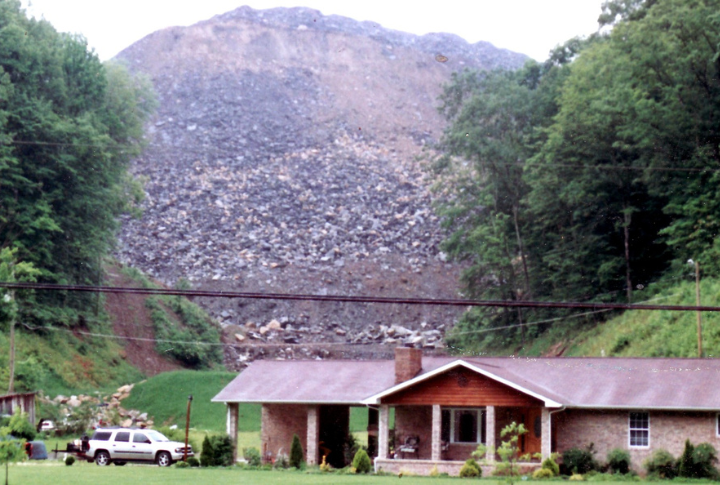
Landslides are an increasing threat in Appalachia due to heavy rainfall and deforestation. Decades of coal mining have left the area fragile, and excessive precipitation is triggering more frequent disasters. Homes built on steep terrain are at risk, and infrastructure damage is becoming more common. Some communities may become too hazardous to inhabit.
Great Plains
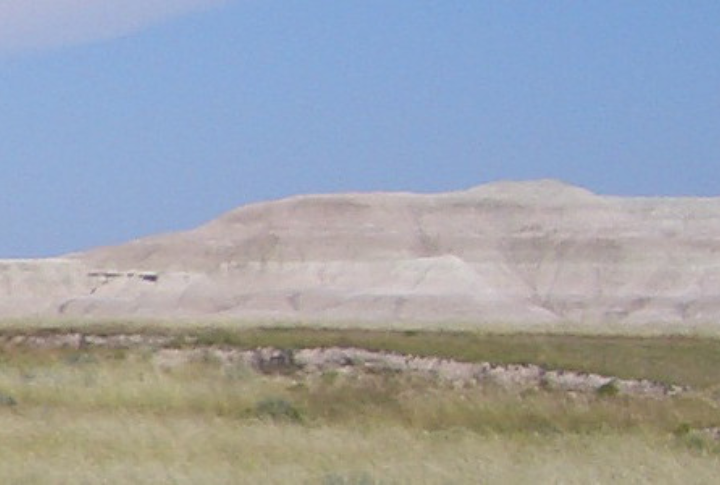
The Great Plains could face another Dust Bowl. Unsustainable farming practices, prolonged droughts, and extreme winds are stripping the land of nutrients. Farmers are struggling to maintain crop yields, and the region’s viability as an agricultural hub is being threatened. If desertification continues, food production and rural populations will decline.
Carolinas
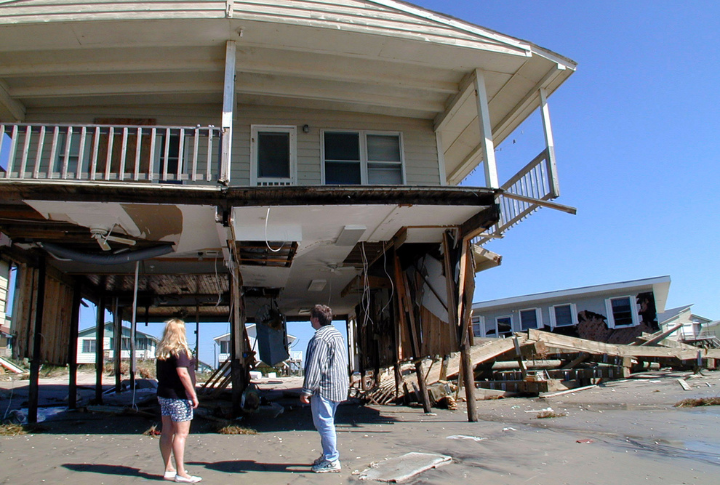
The Carolinas are losing ground as coastal erosion accelerates. Beloved beach towns are watching homes vanish into the sea, while powerful hurricanes leave destruction in their wake. With rising costs and worsening conditions, some communities may have no choice but to move inland.
New England
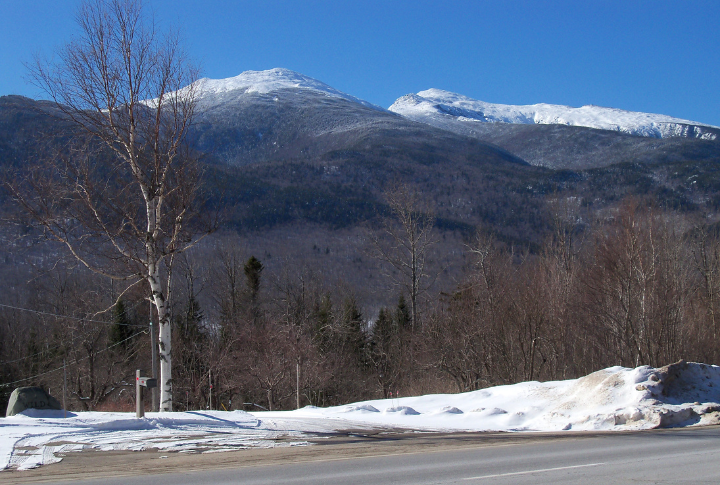
Flood risks are rising in New England due to heavier rainfalls and rapid snowmelt. Cities like Boston and Providence are struggling with stormwater management, and smaller towns face the risk of being washed away. If flooding continues at this rate, large portions of the region could become increasingly difficult to live in.




